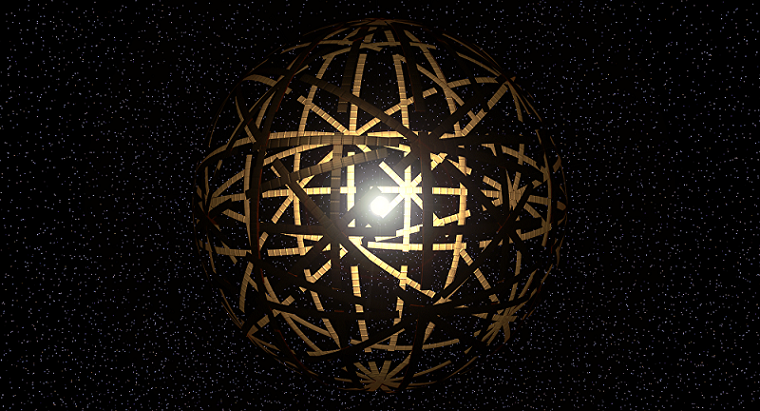
© Jekaterina NikitinaA new study shows that birth order does not influence personality.
German researchers analysed data from 20,000 people from three nations in the most comprehensive and largest study to date on the issue.
They found that birth order had no effect on five key personality traits: extroversion, emotional stability, agreeableness, conscientiousness and imagination.
However, the paper, published in the journal
Proceedings of the National Academy of Sciences, supported earlier findings that the
first child in a family was likely to be more intelligent.Co-author Julia Rohrer, from the University of Leipzig, said the link between birth order and personality was first mooted in the early 1900s by psychiatrist and philosopher Alfred Adler — the second of six children.
He claimed firstborns were privileged, but also burdened by feelings of excessive responsibility and a fear of dethronement and were more likely to score high on neuroticism.
However, the idea became firmly entrenched in the modern era when United States academic, Professor Frank Sullaway, developed the Family Niche Theory of birth-order effects in 1996. Based on Darwin's theories of evolution, he argued that siblings adapted to certain roles within the family to reduce competition and enhanced the family unit's "fitness".
According to Professor Sulloway's theory, because firstborns were physically superior to their siblings at a young age, they were more likely to show dominant behaviour and become less agreeable.
Laterborns, searching for other ways to assert themselves, tended to rely on social support and become more sociable and thus more extroverted.



Comment: Read also: